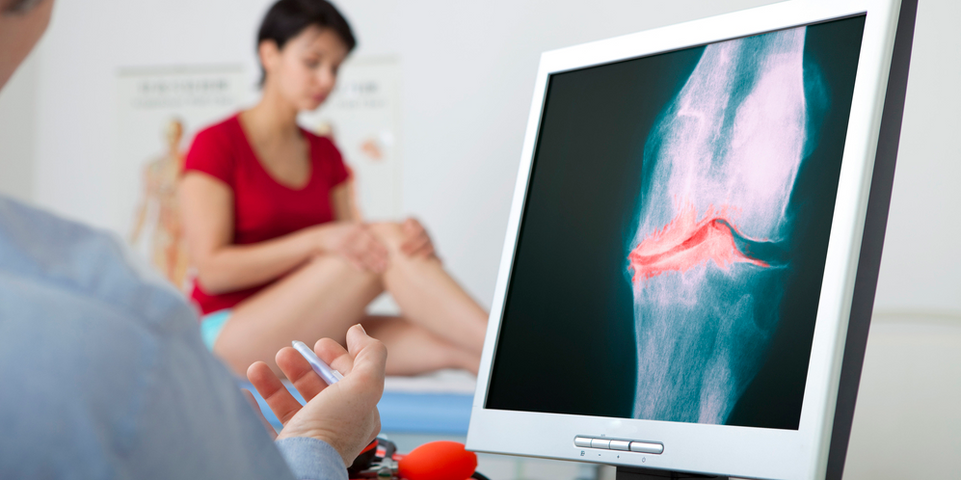
As specialists in orthopedics at Coryell Memorial Healthcare System in Gatesville, TX, we treat a variety of disorders and injuries of the skeletal system. Osteoarthritis of the knee is one of the most common conditions seen by our physicians. Patients experiencing discomfort in the knee area often wonder if they have arthritis. The information below will help you understand the disease at each stage.
Orthopedics Guide to Knee Osteoarthritis
Understanding Osteoarthritis
When our orthopedics doctors diagnose patients with knee osteoarthritis, they usually have symptoms like pain, swelling, and stiffness. These problems occur due to inflammation of the knee joints. As a degenerative disease resulting from wear and tear, it’s most often seen in adults over 50. It is also possible for younger patients to develop the condition.
Unfortunately, osteoarthritis deteriorates the cartilage of the knee joint. There are no permanent remedies for these symptoms. However, patients can work with their physicians to improve their quality of life.
Stage 0: Normal
At Stage 0, or normal, patients have a healthy knee. There are no signs of osteoarthritis present in the knee joints. Stiffness and pain are nonexistent, and no treatment is necessary.
Stage 1: Minor
When a person has Stage 1 osteoarthritis, they experience minor bone spur growth. Bone spurs are abnormal calcifications where bones meet inside the knee joint. While the disorder is evident via X-ray, most people will not have any symptoms. Diet, exercise, and supplements may be prescribed to reduce further progression.
Stage 2: Mild
During Stage 2, bone spur growth rate occurs more rapidly. Despite the development of the disease, the cartilage is still healthy during this phase. While symptoms are still mild, patients may be uncomfortable or experience swelling after a day on their feet or hours of exercising. At this point, doctors may recommend a diet and exercise plan or tell you to use over the counter pain medications.
Stage 3: Moderate
At Stage 3, the condition is becoming increasingly painful, and the cartilage now shows damage on the X-ray. Walking, running, or kneeling often causes discomfort. Stiffness and swelling now occur on a regular basis. Pain management and therapeutic injections may be necessary to relieve the symptoms and slow down deterioration.
Stage 4: Severe
During the severe stage of osteoarthritis, patients feel intense pain when moving their knee joint. Extreme deterioration of cartilage usually leaves the area immobile. Surgery is often necessary, so patients can continue to use their knee.
Knee pain and inflammation can be debilitating. Patients can prevent the progression of osteoarthritis symptoms by partnering with a skilled, caring physician. To make an appointment with our orthopedic specialist, Jacob Battle, MD, contact us at Coryell Memorial Healthcare System in Gatesville, TX, by calling (254) 865-2166. For information about additional health care services, including pain management, high blood pressure treatment, and weight loss assistance, visit our website. Discover additional wellness tips, and learn more about our team by following us on Facebook.
About the Business
Have a question? Ask the experts!
Send your question

